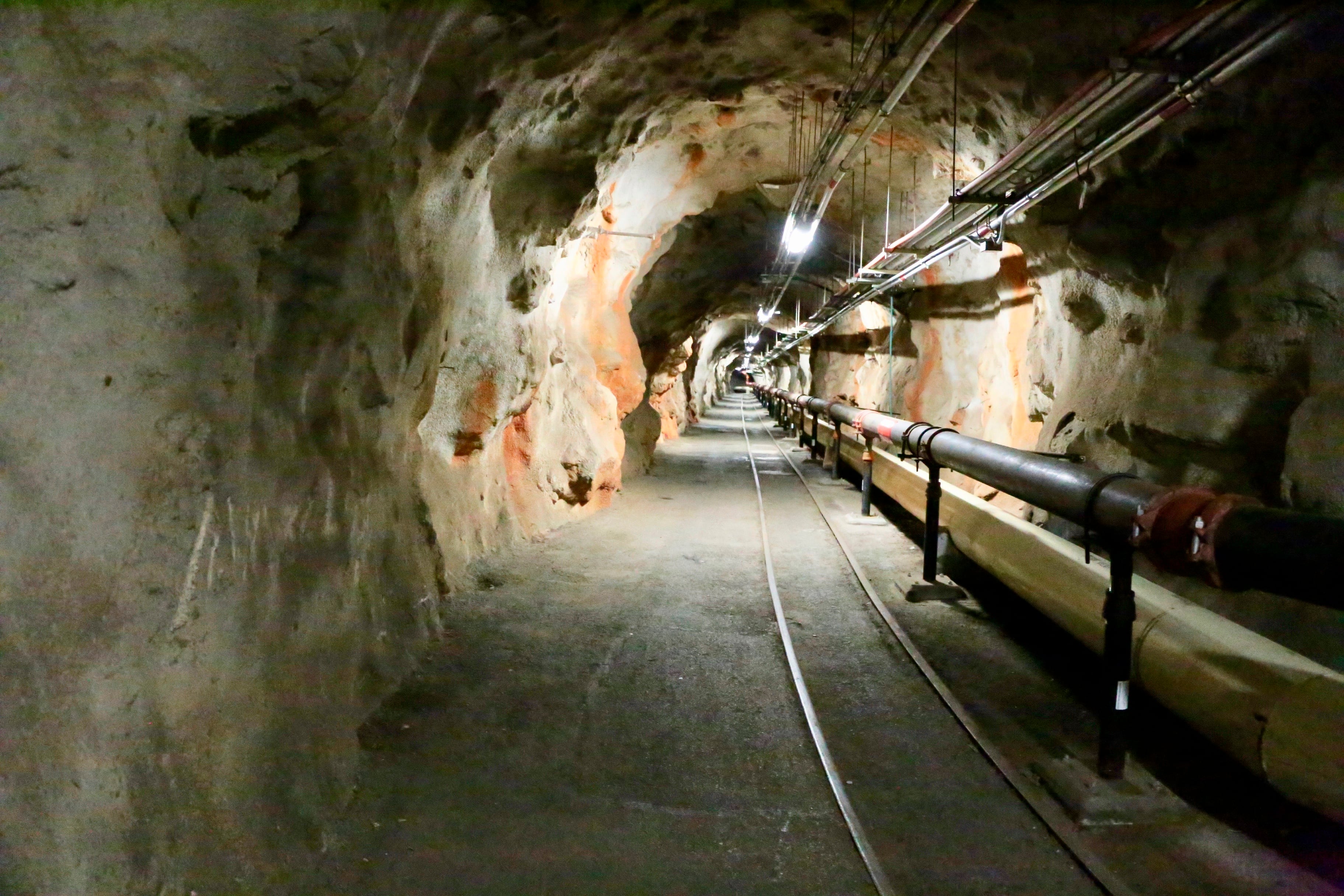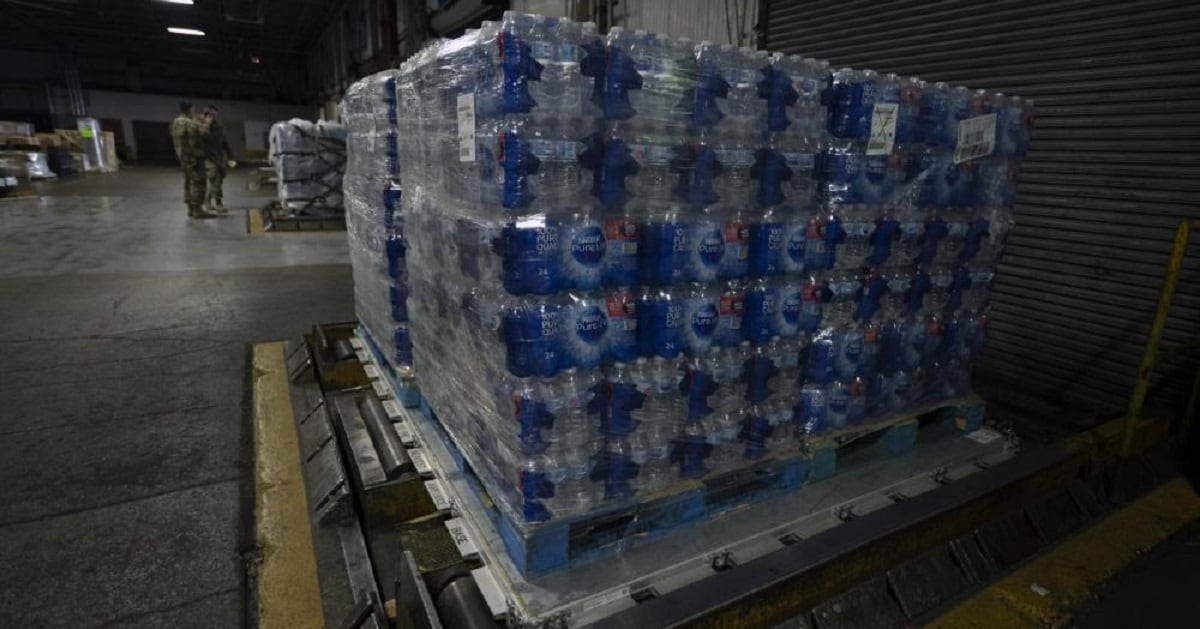Elevated petroleum levels have now been detected in a water sample taken near a second Navy water well in Hawaii, that — until operations were suspended Dec. 3 — provided water to service members and their families at Joint Base Pearl Harbor-Hickam.
The Navy maintains that the Aiea-Halawa well itself is not contaminated, but the state of Hawaii has questioned that assertion. The disagreement has now led a U.S. senator to call for the involvement of the Environmental Protection Agency as the lead agency in the investigation.
The revelation follows the discovery of petroleum products in the Navy’s Red Hill well earlier this month, which fouled the water for residents at the joint base, sickening many.
The new sample, taken Dec. 5 from an off-service section near the Aiea-Halawa well, showed signs of total petroleum hydrocarbons, according to the Navy. That term is used to describe a broad family of several hundred chemical compounds that originally come from crude oil, according to the federal Agency for Toxic Substances and Disease Registry in Atlanta.
“This sample did not come directly from the Navy’s Aiea-Halawa Well and the Navy does not believe it indicates contamination of the Navy’s Aiea-Halawa Well,” the Navy said in a news release Thursday. “The Halawa well has not been used since Dec. 3, and a sample from that day, before the well was off service, indicated that the water was safe.”
Even so, the Hawaii Department of Health voiced concern and recommended that all Navy water system users steer clear of using the water for drinking, cooking, oral hygiene or for pets.
Ernest Lau, manager and chief engineer for the Board of Water Supply, said the Navy informed the city agency on Wednesday that a high level of diesel fuel was found in samples near the Aiea-Halawa water shaft.
“I got a call a couple hours later, from the same person in the Navy, basically trying to downplay the test result as not indicative of what’s in the aquifer,” " Lau said. “So my question to that individual was: ‘Wasn’t the water in that pipe you took the sample from coming out of that shaft? If it’s not coming out of the shaft, where did the diesel come from?’“
RELATED

Honolulu Board of Water Supply officials have urged more sampling to determine the source of the pollution and figure out which way the contaminated groundwater beneath the Navy’s tanks is flowing, the Honolulu Star-Advertiser reported.
U.S. Sen. Brian Schatz, D-Hawaii, says he wants the EPA to be the lead agency handling collection, testing, analysis and public communication of the water crisis.
“We can’t afford another day of the Navy and the state and county agencies disagreeing on the basic question of whether the drinking water is safe,” he said in a statement Thursday.
Currently, the EPA is providing support, Julia Giarmoleo, an agency spokesperson, told the newspaper. The EPA isn’t independently testing the water, but reviewing Navy test results, she said.
The Red Hill well was shut down Nov. 28 following reports from residents that their water smelled like fuel, but service officials initially said the water was safe to drink and use. It wasn’t until Dec. 3, after water samples were sent to mainland laboratories, that testing revealed the presence of petroleum products.
Secretary of the Navy Carlos Del Toro issued a memo Wednesday suspending operations at the Red Hill fuel storage facility until the Navy’s U.S. Pacific Fleet investigation ends, and the continued isolation of the Red Hill and Halawa wells the Navy operates.
RELATED

Even so, the Navy informed Hawaii officials it was contesting a state order demanding that the suspension remain in effect until independent evaluators can ensure that appropriate actions have been taken to protect drinking water.
State officials want the Navy not only to treat contaminated drinking water but also remove all fuel from the massive 20 underground storage tanks at the complex called the Red Hill Bulk Fuel Storage Facility.
The Navy’s water system serves about 93,000 people in and near Pearl Harbor and nearly 1,000 military households have complained about their tap water. The system serves five Navy, three Air Force and two Army housing communities.
Within Joint Base Pearl Harbor-Hickam, there are about 7,000 housing units for families from all the service branches. Of those, about 1,400 are in areas that have been affected by these water issues, said Chuck Anthony, spokesman for the joint base.
During a news briefing Friday, Pentagon spokesman John Kirby said Secretary of Defense Lloyd Austin is getting daily updates on the water situation in Hawaii.
“In fact, he took a briefing by the chief of naval operations [Thursday night] about their progress, mitigating measures, investigative process, how they’re taking care of families that have been displaced, as well as medical care for those who have sought medical care,” Kirby said.
“So, he is personally monitoring this very seriously,” Kirby said. “[He] wants to make sure, first and foremost, that the health and well-being of our people are being are being considered and looked after. And he’s aware of what the Navy has been trying to do to get people temporary lodging and make sure that they get safe potable water and to restore the plumbing and their housing so that they can go back home.”
The Associated Press contributed to this report.





